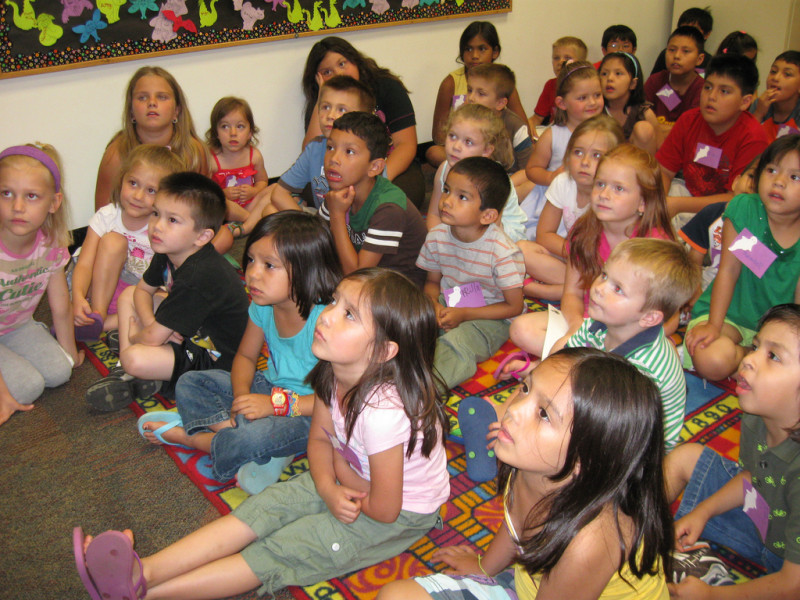 From the time we’re small children, humans are captivated by stories. They fascinate, horrify, sadden, overwhelm or bring about intense happiness or excitement. They teach us things as we learn from the experience of others, fictionalized or not. Whether it’s your favorite book or movie, you probably rank it number one because of the story. Writers, filmmakers and journalists are heralded for great storytelling abilities.
From the time we’re small children, humans are captivated by stories. They fascinate, horrify, sadden, overwhelm or bring about intense happiness or excitement. They teach us things as we learn from the experience of others, fictionalized or not. Whether it’s your favorite book or movie, you probably rank it number one because of the story. Writers, filmmakers and journalists are heralded for great storytelling abilities.
Storytelling has a place in eLearning, too. Think again about a book or movie you enjoyed. You remember it, right? You took something away from it. This is why storytelling is a powerful information delivery mechanism for eLearning. Stories are memorable.
The Science of Stories
Storytelling has been a standard method of communication for tens of thousands of years. (Buffer)
Scientists have conducted hundreds of studies to figure out exactly why storytelling is so effective. They’ve found it has an interesting effect on our brains. Here are three reasons storytelling works as a communication medium:
- It adds relevancy. If your audience doesn’t think the topic at hand is relevant to them, they won’t make an effort to learn it. Sharing information in a story format makes it relatable and adds real-world context, convincing the audience that it is indeed relevant. (eLearningMag)
- Stories are easier to remember. Information delivered in a more straightforward, “bulleted list” style of delivery needs to absorbed and then translated into application. Stories stick in our brains a bit better. (eLearningMag)
- It activates multiple regions of the brain. What’s fascinating is storytelling activates the same parts of our brains as if we were experiencing the events ourselves. And, it activates multiple parts at once. (Buffer) Below is an excerpt from an article Rachel Gillett published in Fast Company, addressing the different ways storytelling impacts our brain:
- A story activates parts in the brain that allows the listener to turn the story into their own ideas and experience thanks to a process called neural coupling.
- Listeners will not only experience the similar brain activity to each other, but also to the speaker.
- The brain releases dopamine into the system when it experiences an emotionally-charged event, making it easier to remember and with greater accuracy.
- When processing facts, two areas of the brain are activated. A well-told story can engage many additional areas, including the motor cortex, sensory cortex and frontal cortex.
Telling Stories in eLearning
So, how can an instructional designer incorporate storytelling into the eLearning courses he or she is creating? Contrary to what some may think, you don’t need to have the chops of a journalist or novelist.
Here are a few tips to being using stories in eLearning right away.
- The main character – the narrator and/or the protagonist – should be someone the audience can relate to. He or she should have a similar role, background, or whatever the situation may warrant.
- Create drama. The typical, basis of drama is: Introduce a flawed protagonist, get them in trouble somehow, then get them out of that trouble.
- Have the character learn or grow somehow as a result. Interview people in a similar group as your audience to learn, and then recount, their first-hand experiences. These could be success stories, or even stories about mistakes and how they were overcome.
- Don’t fall into the meandering story trap. Your story should have the standard components – a beginning, middle and end; a plot and a conclusion. Your story should have a very clear point. Make sure the story drives home and corroborates the ultimate message you’re trying to communicate to your audience.

photo credit: Storytime – Summer 2010
This article was syndicated from Business 2 Community: For Better eLearning, Tell Me A Story
More Sales & Marketing articles from Business 2 Community:




